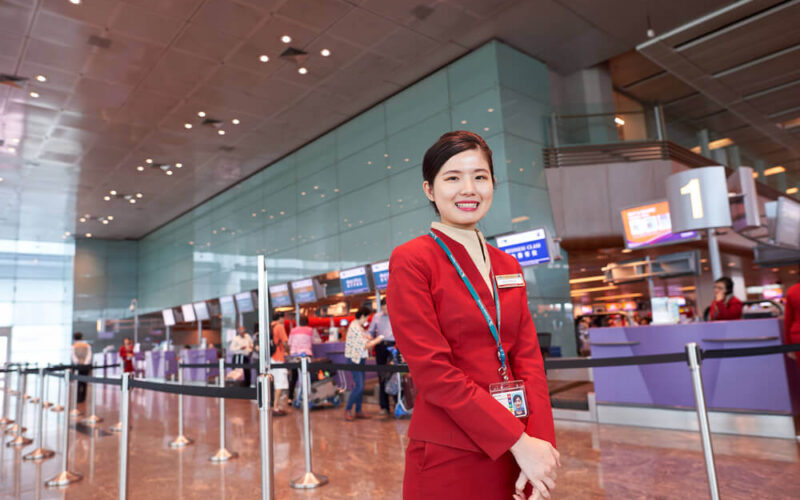Cathay Pacific is facing further management changes. John Slosar, who has been the chairman of the carrier since 2014, will exit the airline on November 6, 2019, as the next board meeting of Cathay Pacific will conclude that day.
Slosar will be replaced by Patrick Healy, who has been a part of the Swire Group since 1988. Meanwhile, Slosar joined Swire back in 1980 and was also a former CEO of Cathay Pacific between 2011 and 2014. Swire Group, a conglomerate based in Hong Kong and London, is the largest shareholder of Cathay Pacific.
The current events in Hong Kong, where masses of people are protesting the Extradition Bill, have put a lot of strain on the airline. China has specifically targeted Cathay Pacific and put in several measures to stop the airline’s employees from protesting, as any flight crew members who participate in the protests would be barred from working on flights to mainland China or flights operating in Chinese airspace.
John Slosar, before tensions rose even higher in the region, had said that the airline “certainly wouldn‘t dream of telling them what they have to think about something“. However, these words turned out to be ill-fated, as Cathay Pacific was forced to change its stance about the protests and issue a press release condemning the events, while also reiterating “to our employees that there is a zero-tolerance approach to any support for or participation in illegal protests, violent activities or overly radical behaviour”.
Stance was not the only thing that had to change, as, on August 16, 2019, Cathay Pacific announced a new CEO and CCO, reportedly because Beijing wanted the changes to happen. The Hong Kongese airline expects to take “a much more significant” impact to its revenue in August – the carrier will release traffic numbers for the month in the second half of September, indicating just how much damage the brand has endured as a result of the unrest within the autonomous state. In July, the airline already showed negative signs, as its mainland China routes showcased a drop in Revenue Passenger Kilometers (RPK).
The connection between the mainland and Hong Kong is crucial for Cathay Pacific, as in H1 2019, the carrier earned almost half of the revenue (48%) from these routes. Hopefully, these are the last changes at Cathay Pacific, as the airline aims to reduce the negative impact of the political fallout within Hong Kong. As the carrier is hopeful to complete the three-year transformational plan at the end of 2019 to return to long-term profitability, even more changes would be detrimental to that goal. However, with the uncertainty surrounding Hong Kong, the future might look grim – and the carrier is not hopeful short-term, as it was expressed when the airline announced its July results.

